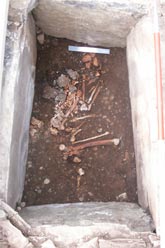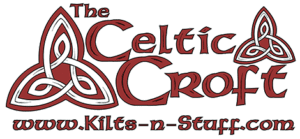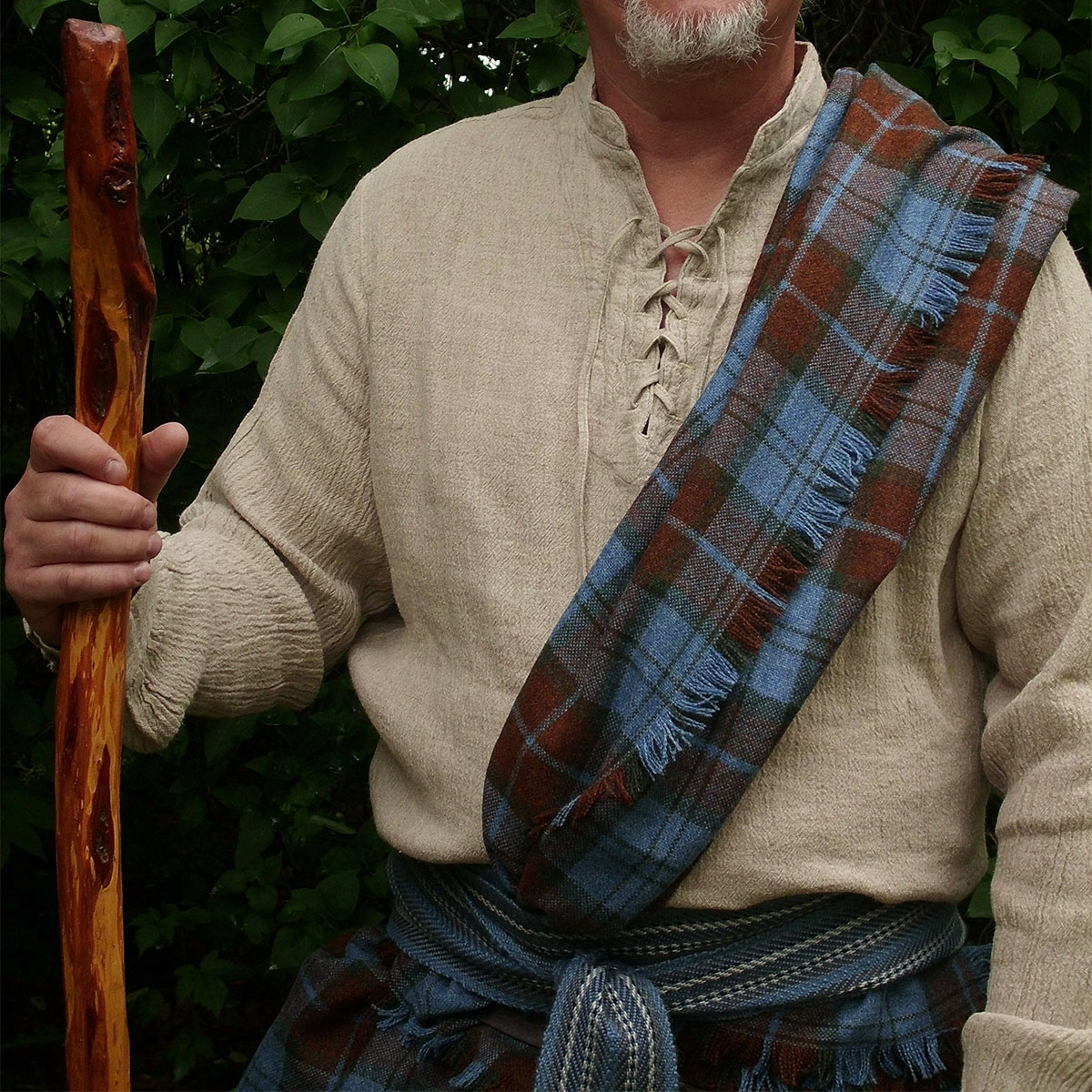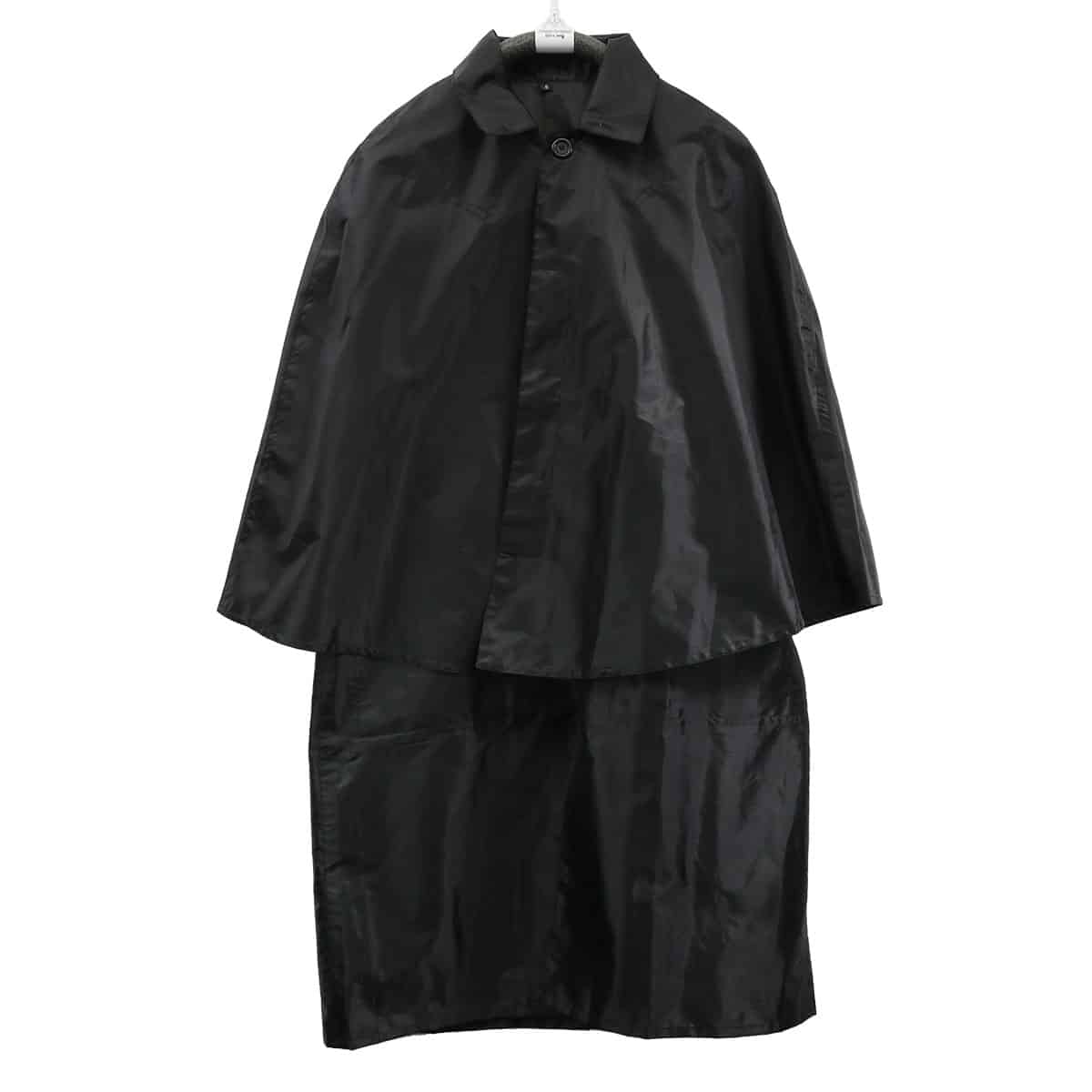
Unfortunately Scotland does not have the stories of conversion that we see in other parts for the British isles. The narratives of St Columba and St Ninian, the traditional ‘apostles’ of Scotland, describe the conversion of the Picts and Britons from an outside perspective. They are useful for studying the motives of their 7th and 8th century authors, but not as much for recreating historical events. The locations of Latin inscribed stones suggests the progress of Christianization did not gradually diffuse northwards, as it would if it were spread by wandering missionaries. It seems to appear in pockets well beyond the Roman walls from the 5th century as indigenous peoples encountered and accepted or rejected the new ideas.
The practice of placing multiple graves in a single location has generally been considered a Christian practice. Many of the Long cist and platform cairn cemeteries have been considered evidence of an early Christian influence starting in the 1950’s. But new evidence has cast doubt on the theory. Archeological study has shown a number of these early cemeteries seem to have been in use well prior to any significant influence by Christianity. Even the early missionaries likely had little influence over burial practices. A study of late Roman legal texts shows that burial was not originally considered within the realm of religion; what mattered was family tradition, and the demands of society.
The adoption of cemeteries may have been brought about by changes within the society rather then from the new faith. One of the suggestion is that changing social structures in which the ritualized deposition of human remains becomes a way of creating and reinforcing communal identities in the 5–7th centuries. But unfortunately it seems the burial practices have less to tell us about the adoption of Christianity in Scotland than had previously been believed




